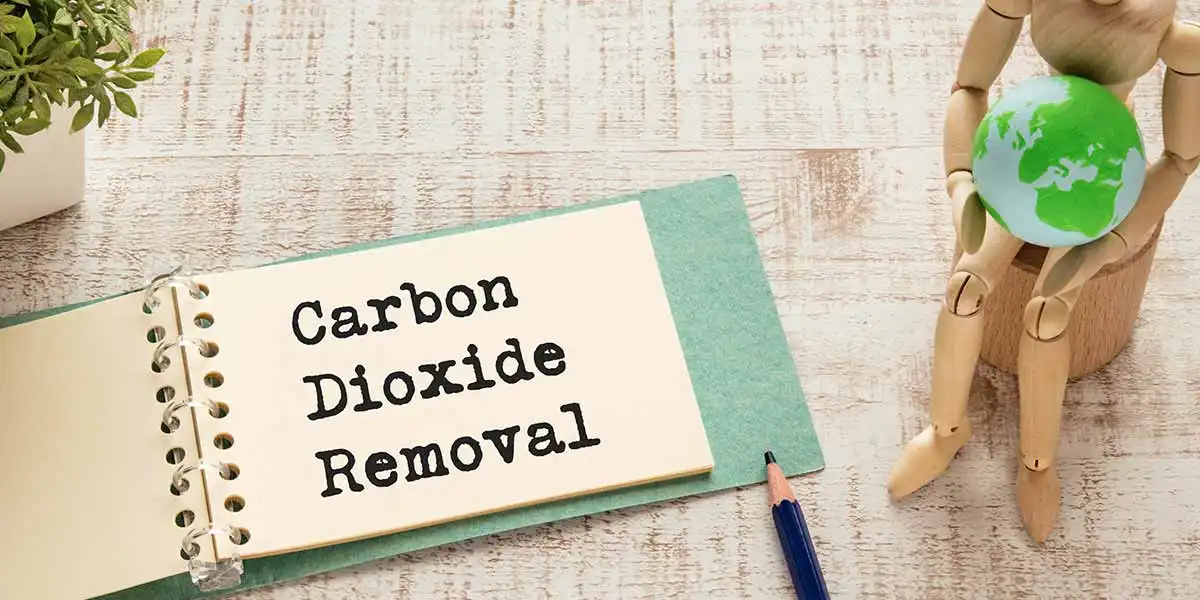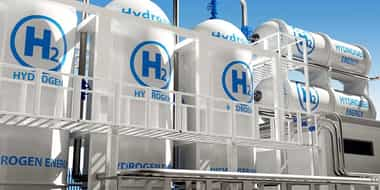
Feb 24, 2025
Blog Energy & Sustainability Top 10 Groundbreaking Innovations in Carbon Dioxide Removal (CDR) for 2025
Carbon Dioxide Removal (CDR) refers to a set of technologies and natural processes aimed at extracting carbon dioxide (CO₂) from the atmosphere and storing it permanently to mitigate the impacts of climate change. While reducing emissions remains crucial, CDR offers a complementary approach to addressing residual emissions and achieving net-zero or net-negative carbon goals.
While reducing emissions remains crucial, the current levels of CO₂ in the atmosphere make removal technologies essential to achieving climate goals from enhancing natural processes to deploying advanced technologies.
The global Carbon Dioxide removal (CDR) market has experienced remarkable growth in the past decade. Valued at $1.5 billion in 2023, it is expected to reach $25 billion by 2029, with a CAGR of 49%. Factors such as increasing climate change concerns, stringent carbon reduction policies, and rapid advancements in CDR technologies are driving this growth.

Direct air capture involves chemical processes to capture CO2 directly from the atmosphere. Companies like Clime Works and Carbon Engineering are advancing DAC technologies with improved efficiency and scalability. The captured CO2 can be stored underground or repurposed for products like synthetic fuels.
BECCS combines bioenergy production with carbon capture. Biomass absorbs CO2 during growth, and when it’s used for energy, the emitted CO2 is captured and stored underground. This process can generate harmful emissions while producing renewable energy.
The global carbon dioxide removal (CDR) market is expected to grow from $3.4 billion in 2024 to $25.0 billion by 2029, at a compound annual growth rate (CAGR) of 49.0% from 2024 through 2029.
Enhanced weathering accelerates the natural process of minerals reacting with CO2 in the atmosphere. By spreading finely ground silicate rocks over large areas, CO2 is chemically bound into stable carbonate minerals, effectively removing it from the air.
Planting trees or restoring forests remains one of the most natural and cost-effective CDR methods. Forests act as carbon sinks by absorbing CO2 through photosynthesis. However, this process requires careful management to ensure long-term carbon storage.
This process involves adding alkaline materials to seawater to enhance the ocean’s natural ability to absorb and store CO2. By increasing the alkalinity, this method could significantly boost the ocean’s capacity for carbon sequestration.
Soil carbon sequestration focuses on increasing soil carbon content through sustainable agricultural practices. Techniques such as cover cropping, reduced tillage, and compost application help trap more CO2 in the soil while improving soil health.
Mangroves, salt marshes, and seagrasses—collectively known as blue carbon ecosystems—store vast amounts of CO2 in their biomass and sediments. Protecting and restoring these coastal habitats can sequester carbon while providing ecological benefits.
Biochar is a form of charcoal produced by heating organic material without oxygen. When applied to soil, it enhances fertility and locks away carbon for centuries, making it a promising CDR strategy.
Also known as mineral carbonation, this process involves reacting CO2 with naturally occurring minerals to form stable carbonates. This method shows potential for large-scale CO2 storage, particularly in regions rich in basalt and ultramafic rocks.
Combining multiple CDR technologies can maximize efficiency and impact. For example, integrating DAC with mineralization or pairing BECCS with biochar production creates synergistic benefits that enhance CO2 removal and storage.
The urgency of addressing climate change has driven significant innovation in CDR technologies. Each process is vital in reducing atmospheric CO2 levels and achieving global climate goals. As we move into 2025, continued investment, research, and policy support will be critical to scaling these solutions and ensuring their long-term success.
Consider becoming a member of the BCC Research Library and gain access to our full catalog of market research reports in your industry. Not seeing what you are looking for? We offer custom solutions too, including our new product line: Custom Intelligence Services.
Contact us today to find out more.

Amrita Kumari is a Senior Executive Email Marketer at BCC Research, with a bachelor’s degree in computer applications. She specializes in content creation and email marketing.

Electrical switches—devices that control the flow of electricity—are the backbon...

As the world accelerates toward net-zero emissions, hydrogen, and ammonia have e...

Hydrogen technology is widely used across industries like glass, fertilizer, met...

We are your trusted research partner, providing actionable insights and custom consulting across life sciences, advanced materials, and technology. Allow BCC Research to nurture your smartest business decisions today, tomorrow, and beyond.
Contact UsBCC Research provides objective, unbiased measurement and assessment of market opportunities with detailed market research reports. Our experienced industry analysts assess growth opportunities, market sizing, technologies, applications, supply chains and companies with the singular goal of helping you make informed business decisions, free of noise and hype.